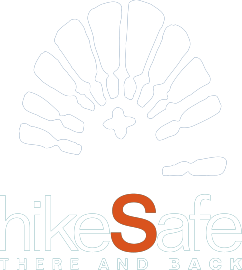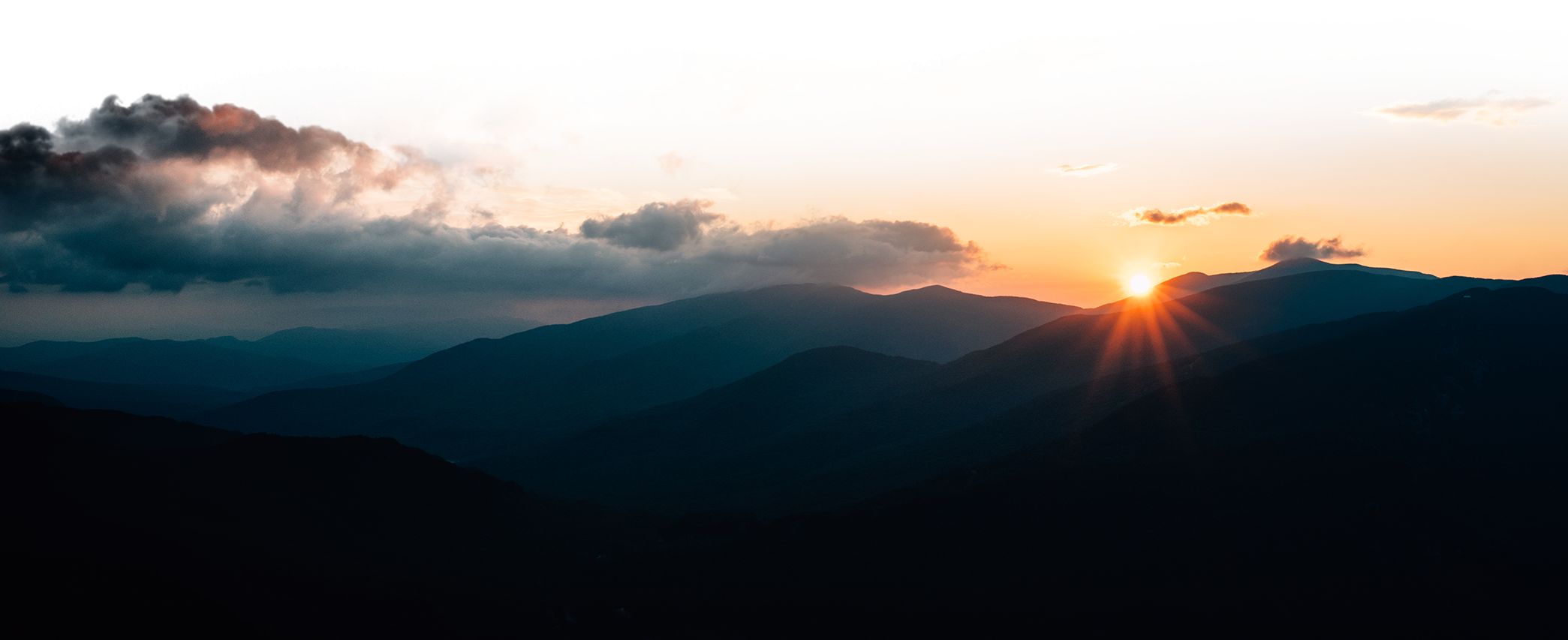What to eat and drink before, during, after a hike
Hiking Fuel 101: staying energized and hydrated on the trailPre-Hike
Hydration
Start your hydration the night before and the morning of the hike. Aim for at least four cups of water before hitting the trail. Drinking two of those cups about two hours before you start is ideal. This gives your body time to absorb and distribute fluids.
Nutrition
Your pre-hike meal should be a balance of complex carbohydrates, moderate protein and healthy fats. Carbs are your body’s main energy source, while protein and fats help keep you satisfied and fueled for the long haul.
Here are some recommendations:
Complex carbs:
- Whole grains: oats, quinoa, brown rice, barley, whole-grain pasta, whole-wheat bread
- Starchy vegetables: potatoes, sweet potatoes, corn, squash, peas
Moderate protein: eggs, greek yogurt, chicken breast, turkey, fish
Healthy fats: avocado, nuts, nut butters, seeds, olive oil, coconut
During the Hike
Hydration
Sip water regularly—don’t just wait until you’re thirsty. A good rule of thumb is 16–20 ounces per hour in moderate conditions. If it’s hot, steep or you’re hiking in high altitude, try to drink more.
Even with careful planning, you may run low on water during a long hike. Streams, rivers and lakes can be good backup sources, but not all natural water is safe to drink. Clear, flowing water is usually safer than stagnant pools, but it still can contain harmful bacteria, parasites or other contaminants.
Water Treatment Gear
- Filtered water bottle: Removes bacteria and protozoa. Lightweight and easy to use on the trail.
- UV Purifier: Uses ultraviolet light to neutralize bacteria, protozoa and viruses—best for clear water.
- Chemical tablets or drops: Iodine or chlorine dioxide tablets are effective, but they take around 30 minutes to work.
What to do if you don’t have any gear—this is a last resort.
- Look for moving water: Flowing streams or springs are safer than stagnant ponds.
- Collect from higher up: Water closer to the source, especially where it emerges from the ground, is usually clearer
- Avoid low points: Stay away from areas near campsites, livestock or marshy terrain
Is moss really a natural filter?
Moss and other vegetation can act like a natural strainer, catching dirt and debris as water flows through it. In that sense, it is a “filter.” But it does not remove microscopic contaminants and the water could still carry bacteria like E. Coli or viruses that could cause extreme illnesses. The water might look clearer after traveling through moss, but it is not truly safe to drink without the correct filtration or treatment.
Nutrition
Keep your trail food lightweight, portable and non-perishable. Easy options include:
- Trail mix, nuts, seeds
- Energy bars
- Dried fruit
For longer hikes or intense sections, pack “fast energy” sources like energy gels, which digest quickly and give you a boost when your energy dips. Try to eat something every hour to keep your energy steady.
Recovery
Your hike doesn’t end when you take your boots off. Recovery is just as important.
Hydration
Replenish fluids with water or electrolyte drinks. They will help restore sodium and mineral levels.
It is important to find electrolytes that will truly help replenish. Here are some tips when selecting:
- Look for the essentials: sodium, potassium, magnesium and calcium.
- Check the sugar content: Some sports drinks pack more sugar than benefit. A little sugar helps absorption, but avoid options that are soda disguised in ‘electrolyte’ packaging. Look for about 4–8% carbohydrate concentration (roughly 10–18 grams per 8 oz serving).
- Portable is best: Powder packets, tablets or capsules are lightweight and easier to carry. Just add to water as needed.
- Avoid artificial overload: Some mixes add artificial dyes, sweeteners or unnecessary additives.
Nutrition
Within 30–60 minutes of finishing, eat a mix of carbs and protein to restore glycogen and aid muscle recovery. Some good choices include:
- Protein smoothie
- Sandwich with lean protein
- Yogurt and fruit
Round out your recovery with some healthy fats, vegetables and high-potassium foods like bananas or oranges.
Rest
Give your body time to recover:
- Get a good night’s sleep
- Do some light stretching or gentle movement to improve circulation
- Let your muscles rebuild stronger for your next adventure
Fueling your next hike doesn’t have to be complicated—plan ahead, pack smart and listen to your body along the way.



